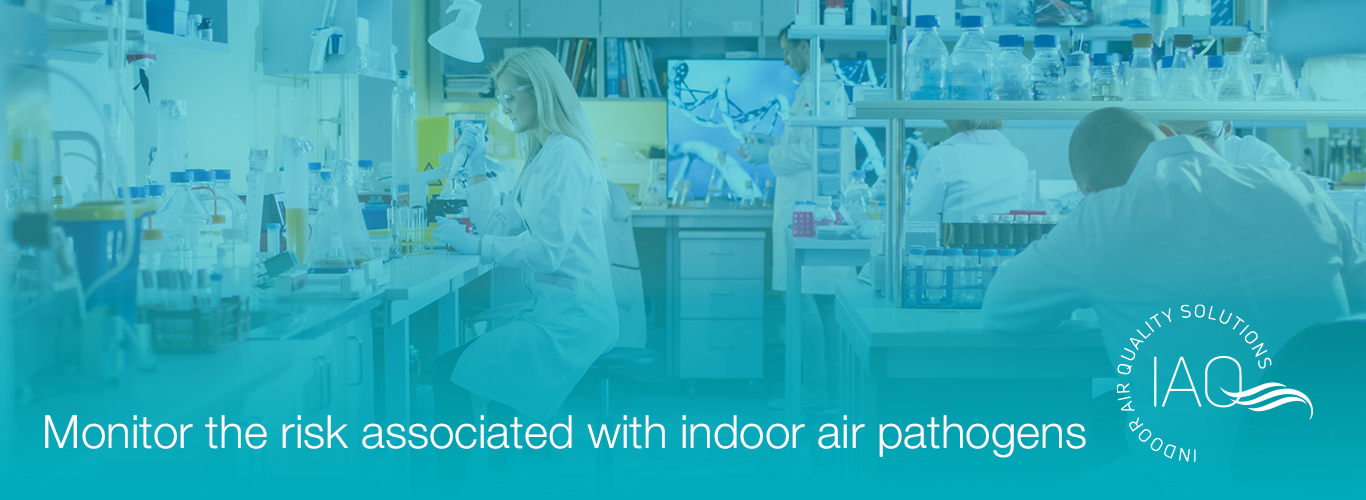Pathogenic microbes are discharged from an infected person via talking, coughing, sneezing, laughing, and close personal contact or aerosolization of the microbe. The discharged microbes remain suspended in the air on dust particles, respiratory water, and water droplets.
